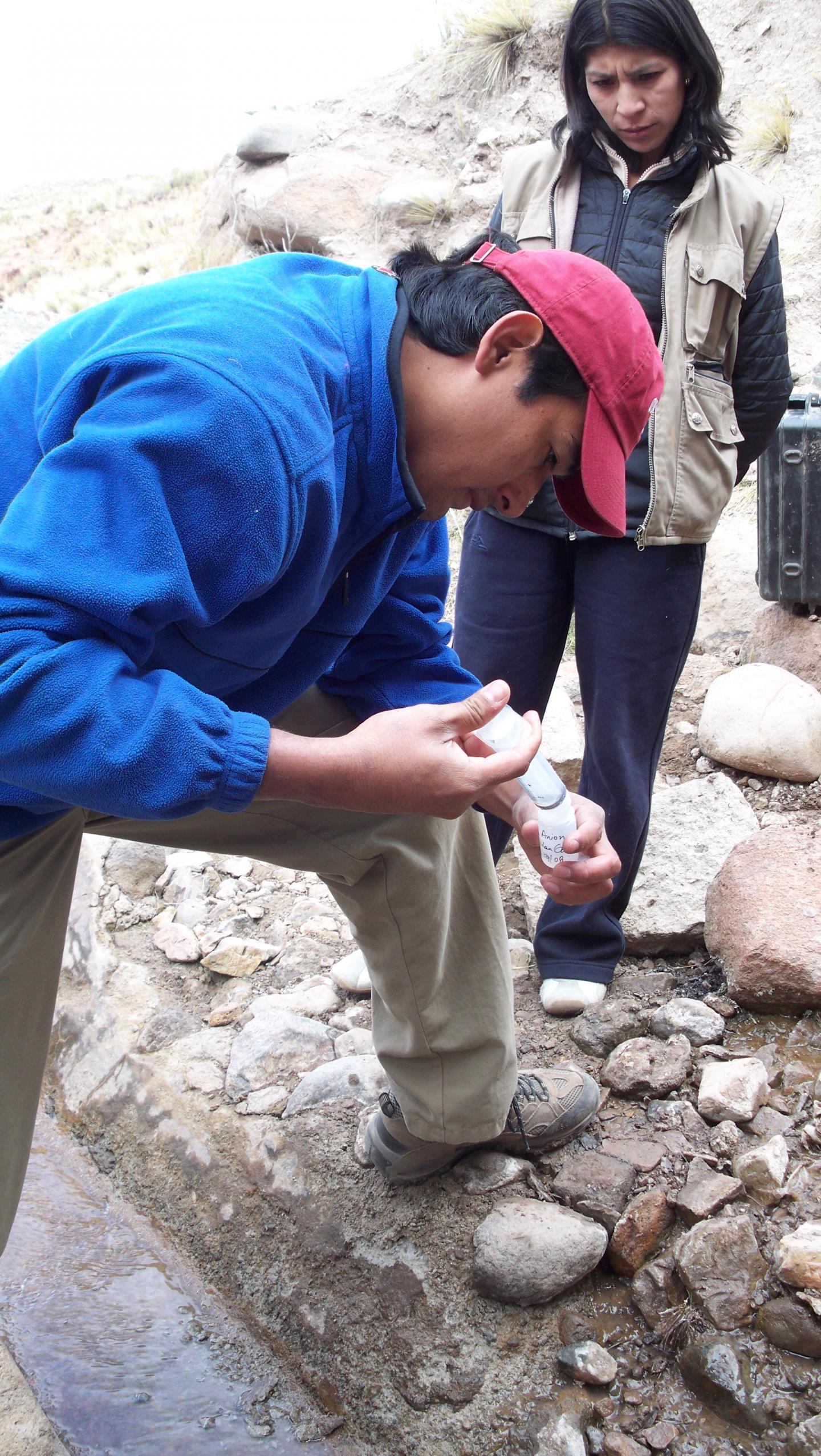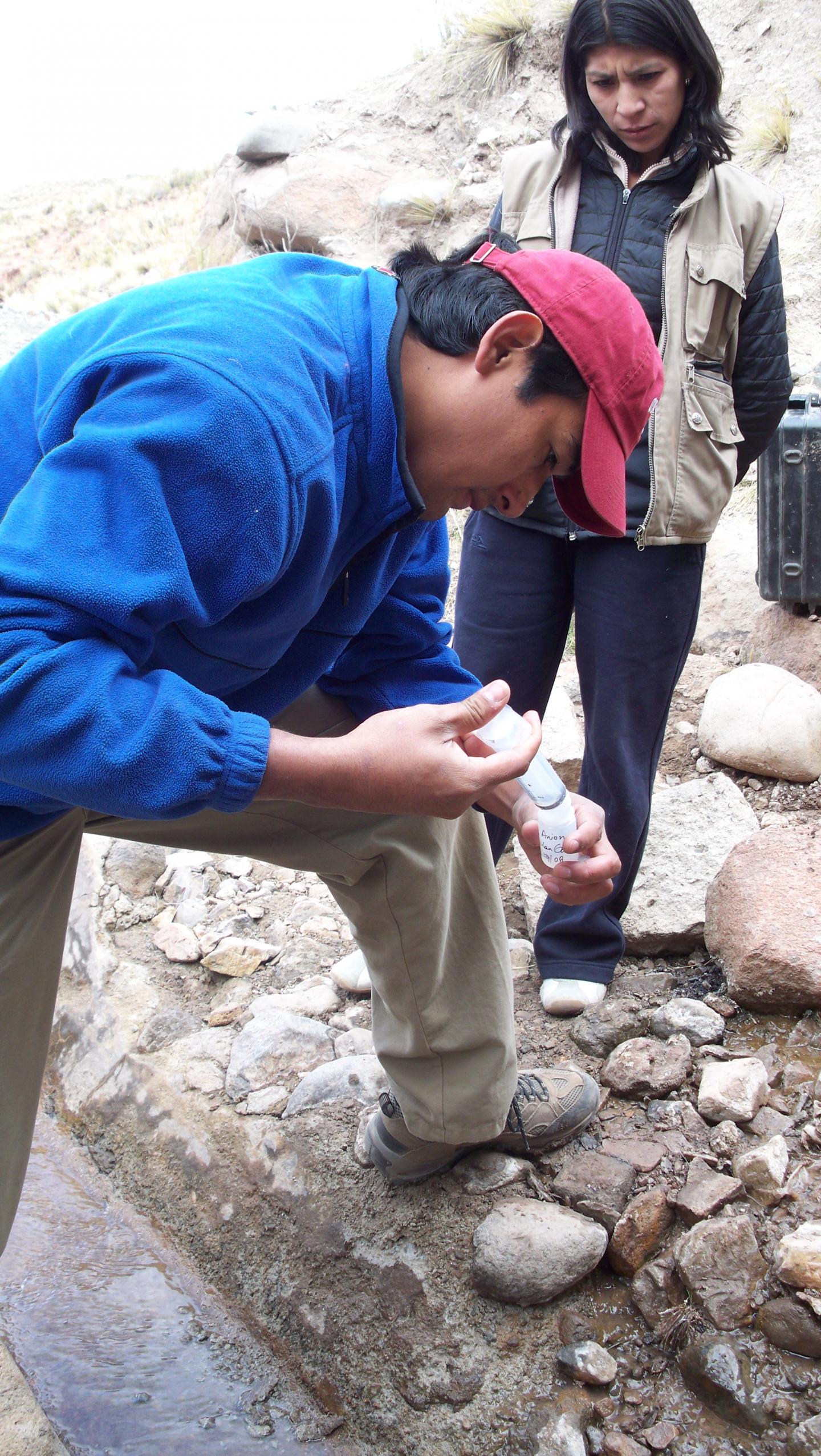
Credit: University of Oklahoma
A University of Oklahoma Civil Engineering and Environmental Science Professor Robert Nairn and his co-authors have conducted a collaborative study that suggests exposure to trace metals from potatoes grown in soil irrigated with waters from the Potosi mining region in Bolivia, home to the world's largest silver deposit, may put residents at risk of non-cancer health illnesses.
"In this high mountain desert, water is a critically precious resource and the use of metal-polluted waters for irrigation may have substantial detrimental impacts on the lives of subsistence farmers," said Bill Strosnider, researcher on the project.
Potatoes are the primary dietary staple in the surrounding communities. The lack of water for quality irrigation throughout this arid region results in farmers using contaminated waters, leading to health risks from contaminated potatoes eaten locally or shipped to outlying areas. For children, ingestion of arsenic through potatoes was 9.1 to 71.8 times higher than the minimum risk level and ingestion of cadmium was 3.0 to 31.5 times higher than the minimum risk level.
"The fact that the hazard quotients of risk were so high through only one exposure route is concerning," said Robin Taylor Wilson, Penn State College of Medicine professor and lead epidemiologist for the study. "Children in this region are exposed to contaminants through routes other than potatoes. If we consider these additional routes of exposure, the estimated risks will likely be much higher, but without further research, there is no way of knowing how much higher these risks might be."
The hazard quotient is the ratio of estimated specific exposure to a single chemical over a specified period to the estimated daily exposure level at which no adverse health effects are likely to occur. Hazard quotients about one suggest the possibility of adverse non-cancer health risks. The minimum risk levels are established by the U.S. Agency for Toxic Substances and Disease Registry.
"Our findings allow the research community insight into the potential human and environmental impact that vast active and abandoned mining operations may pose all across the Andean region," said Alan Garrido, researcher on the project.
###
This study was funded through a collaboration with Engineers in Action, a non-profit entity dedicated to improving the availability of low-cost high-impact engineering projects for clean water in developing countries. Engineers in Action is located in Tulsa, Oklahoma, and La Paz, Bolivia.
A paper on this research titled, "Metal-contaminated potato crops and potential human health risk in Bolivian mining highlands," has been published in the scientific journal, Environmental Geochemistry and Health, at DOI: 10.1007/s10653-017-9943-4.
Media Contact
Jana Smith
[email protected]
405-325-1322
@ouresearch
http://www.ou.edu
############
Story Source: Materials provided by Scienmag





